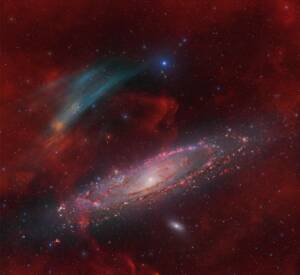
Discovery of the M31 [OIII] emission arc
Recently, a major discovery by an international team of amateur astronomers and scientists has become a huge online hit, and this new discovery is just located in one of the

For Puig Nicolas, it all started at the age of 10 with a 60/700 refractor and a 114/900 reflector. His first celestial encounters — the Moon, Jupiter, and Saturn’s rings — sparked a lifelong passion.
After a few years’ break, his love for both photography and astronomy led him naturally into astrophotography. Beginning with an apo refractor and a modified DSLR, he soon transitioned to dedicated astronomy cameras — first the ZWO ASI533MC Pro, then the ASI1600MM Pro — marking the start of a new chapter under the stars.
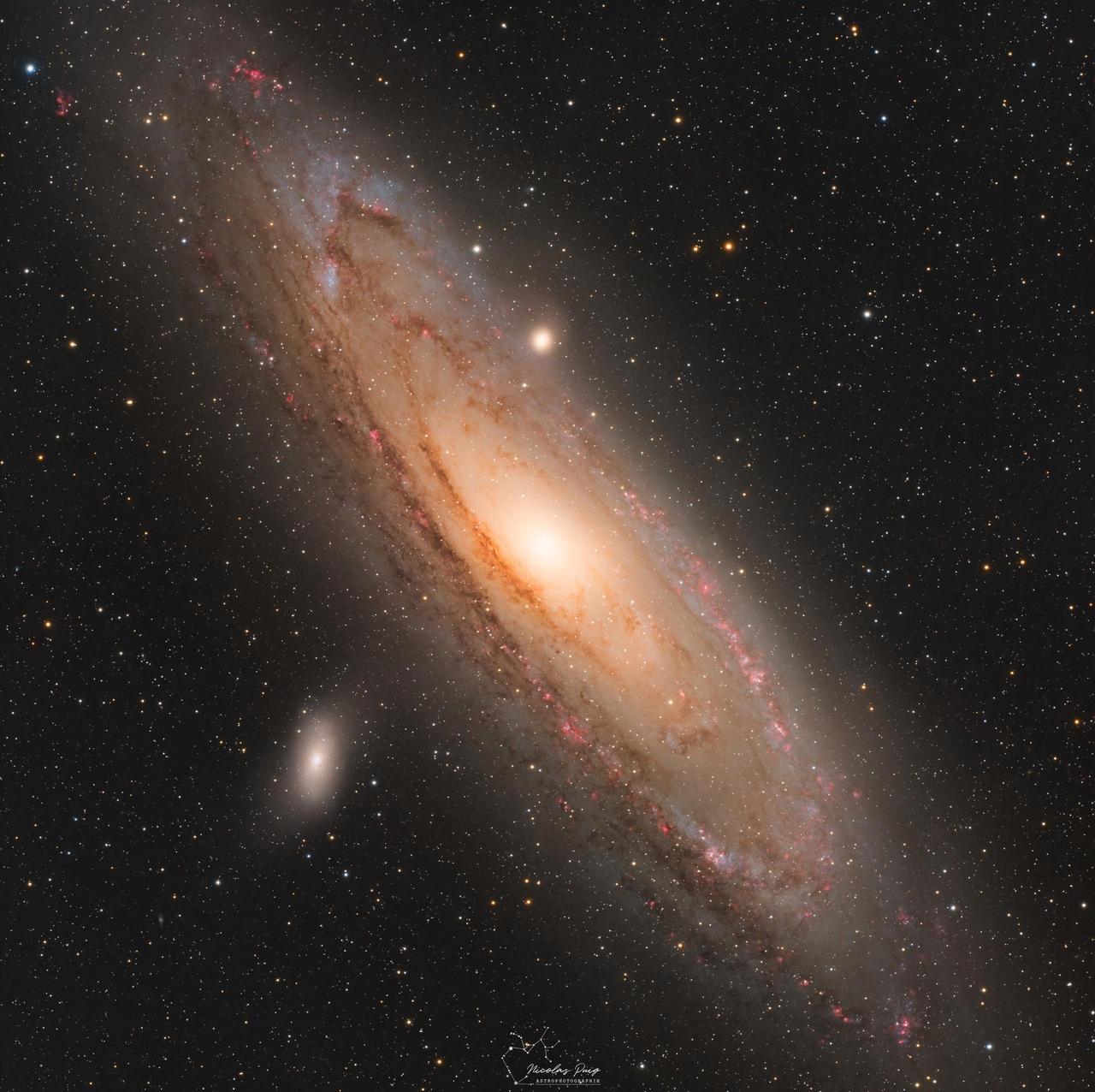

Today, Puig works with two main setups:
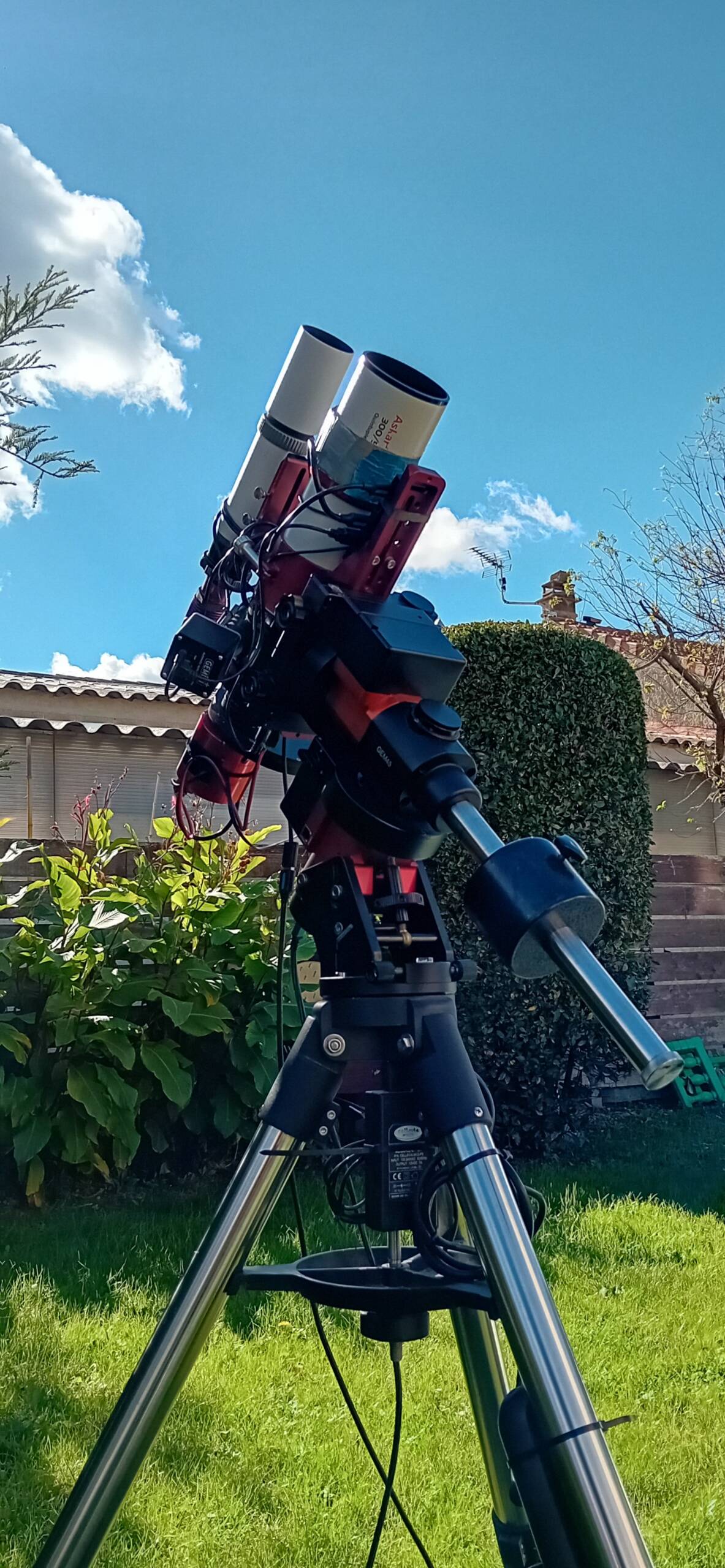
His Newtonian telescope, fast and powerful, captures exquisite details but can be sensitive to the strong winds common at his observing site. It was this very setup that earned him his first Image of the Day (IOTD) — an unforgettable milestone for any astrophotographer.
Working under a Bortle 6 sky presents constant challenges. “Some objects require an enormous amount of time on the Luminance channel,” Puig explains. “That’s why I often turn to SHO narrowband imaging, which minimizes the effects of light pollution.”
He vividly remembers the first image that appeared on his screen — the Heart Nebula (IC 1805) — captured with an Ha filter and the ASI1600. “It was a unique and unforgettable moment.”
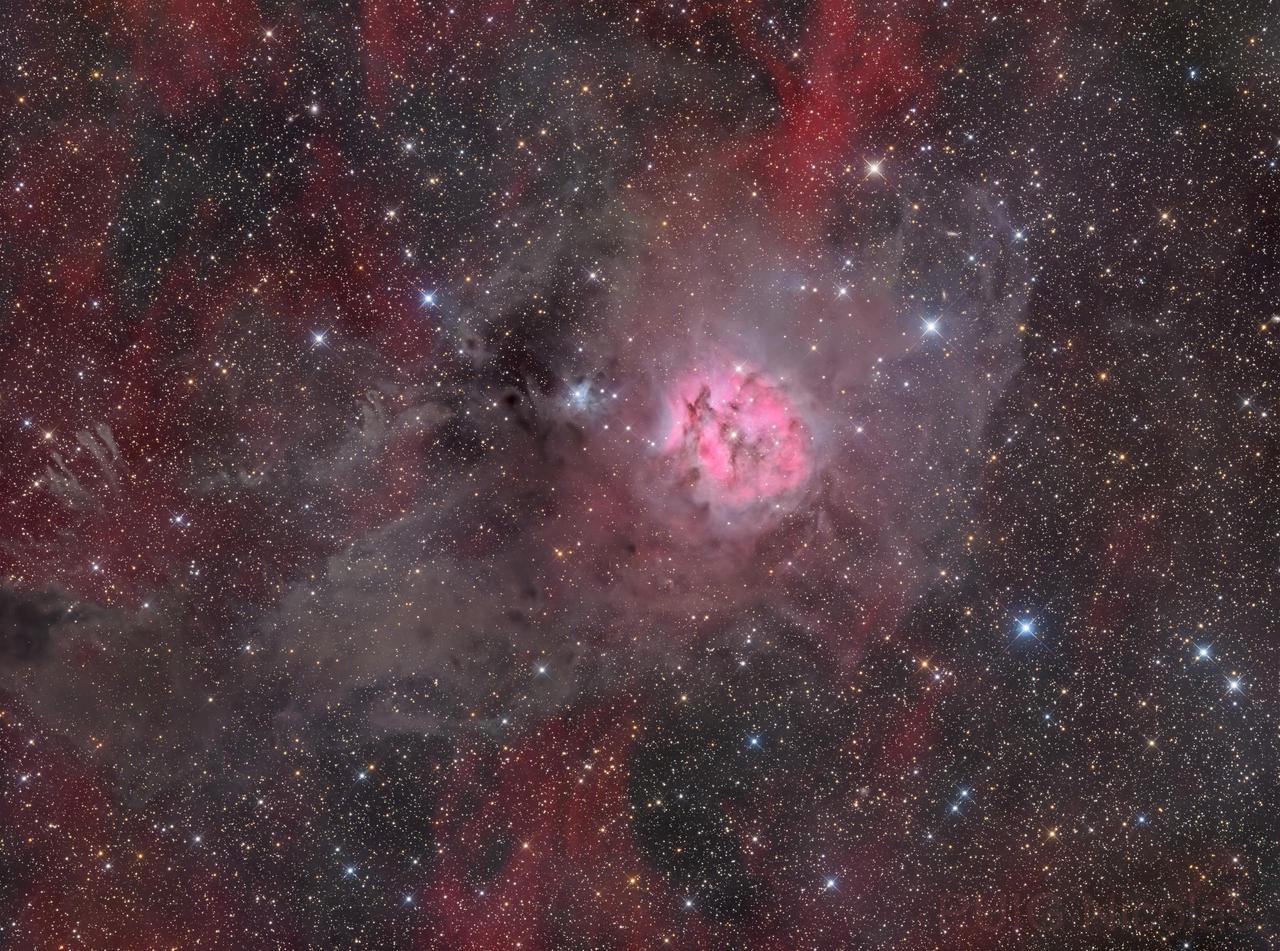

Like many astrophotographers, Puig uses PixInsight for preprocessing.
“The selection of the best raw frames using Blink and SubframeSelector is tedious but essential,” he says. “It’s the only way to ensure maximum signal and detail.”
He acknowledges that modern AI-assisted tools have greatly simplified post-processing but cautions moderation: “Overusing them can make images look artificial, which takes away from the beauty of the real sky.” The finishing touches are done in Photoshop, which he describes as “an indispensable tool for color balance and fine-tuning.”


Since his first attempts, Puig’s equipment — and skills — have evolved tremendously. As a member of the DSC Deep Sky Collective, he collaborates with other astrophotographers to capture regions of the sky impossible to image alone. Their collective work has earned multiple recognitions, including IOTD and even APOD honors.
He also serves as a judge on AstroBin’s IOTD team, helping to evaluate and celebrate outstanding astrophotography worldwide. “It’s a fascinating and rewarding role,” he says.


To Puig, astrophotography is a field that never stops growing — fueled by innovation and the creativity of the community. He hopes to build a personal observatory in the future for greater comfort, safety, and imaging efficiency. “And perhaps someday, I’ll have a setup under a truly pristine sky,” he adds.
He also plans to upgrade his Newtonian telescope and adopt a next-generation ZWO camera to push his imaging even further.
“ZWO products are essential in an astrophotographer’s life,” Puig says. “Their simple yet effective design, combined with perfectly compatible accessories, makes everything easier.”

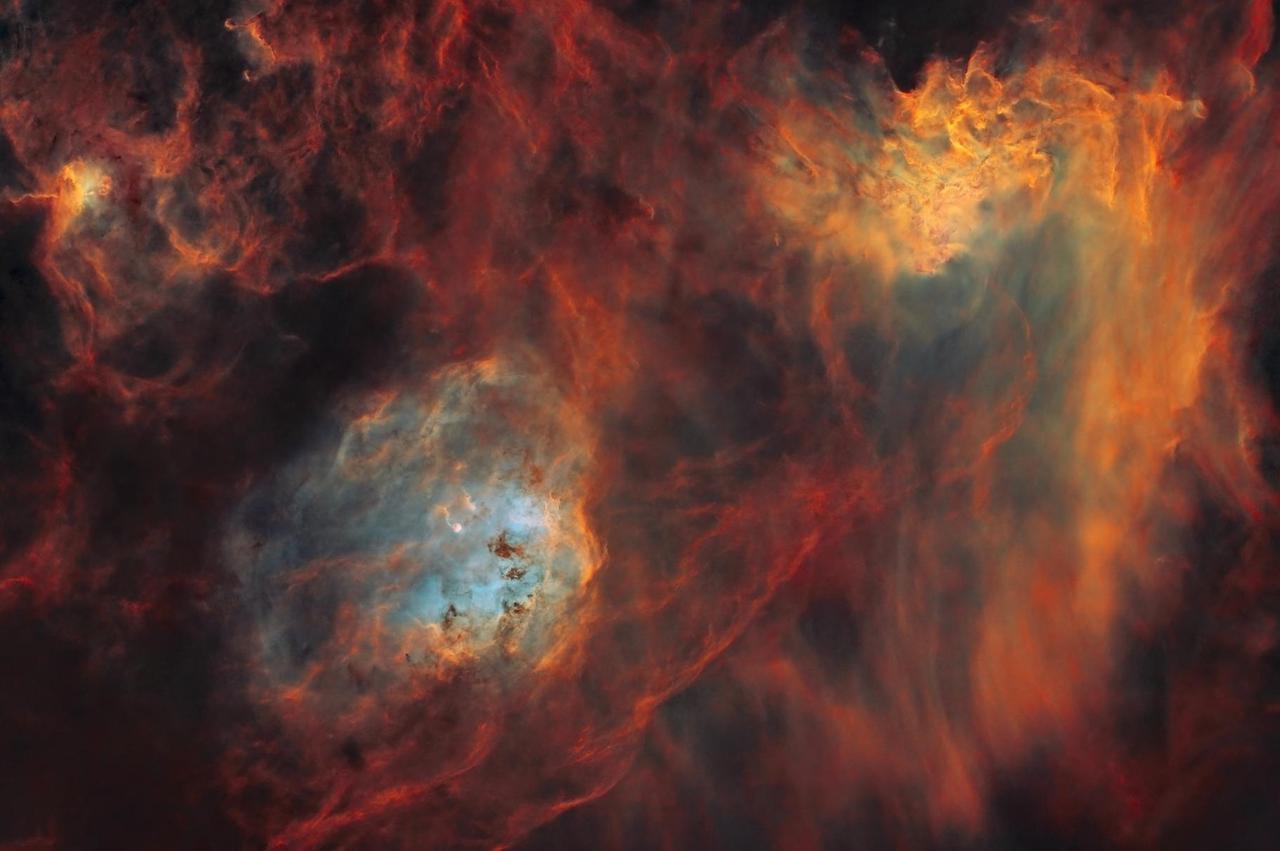
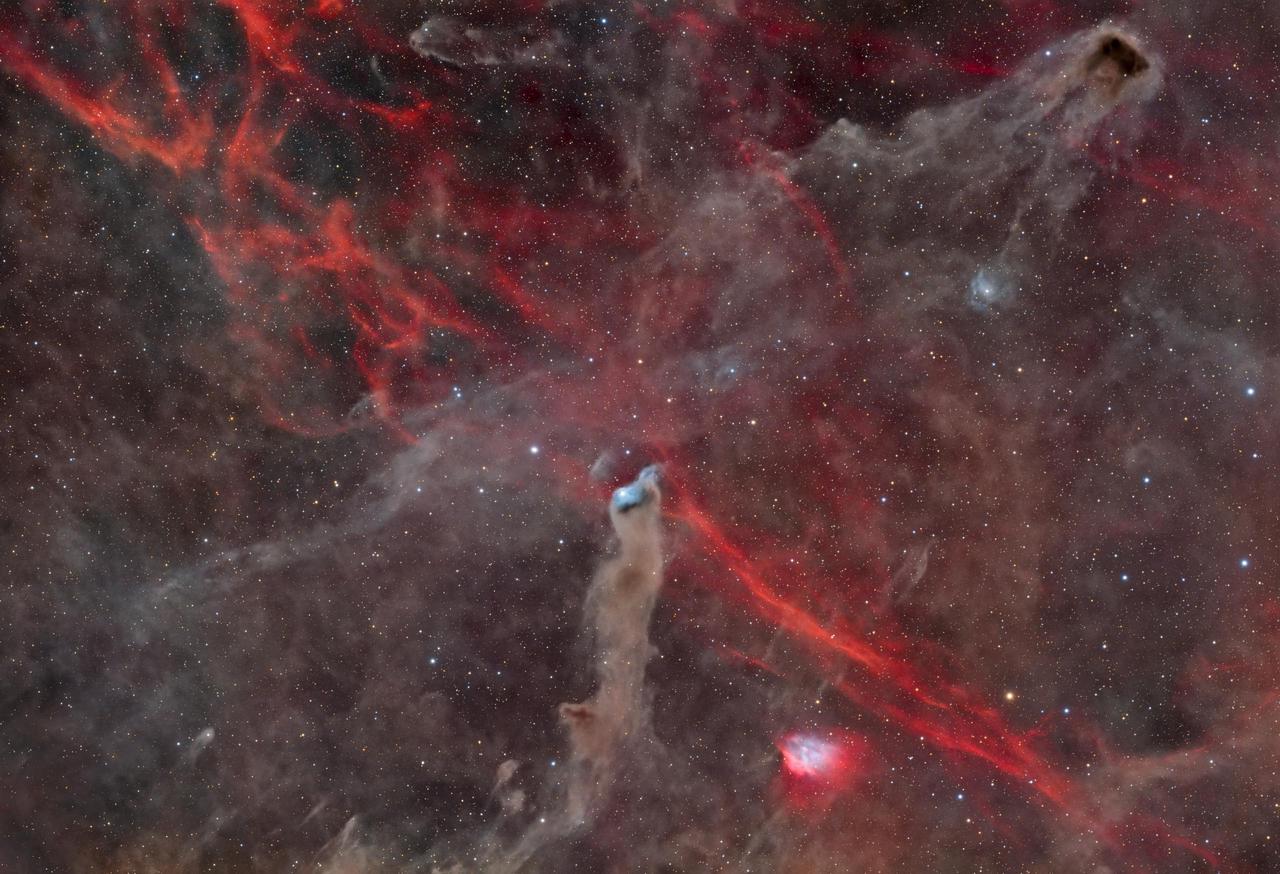

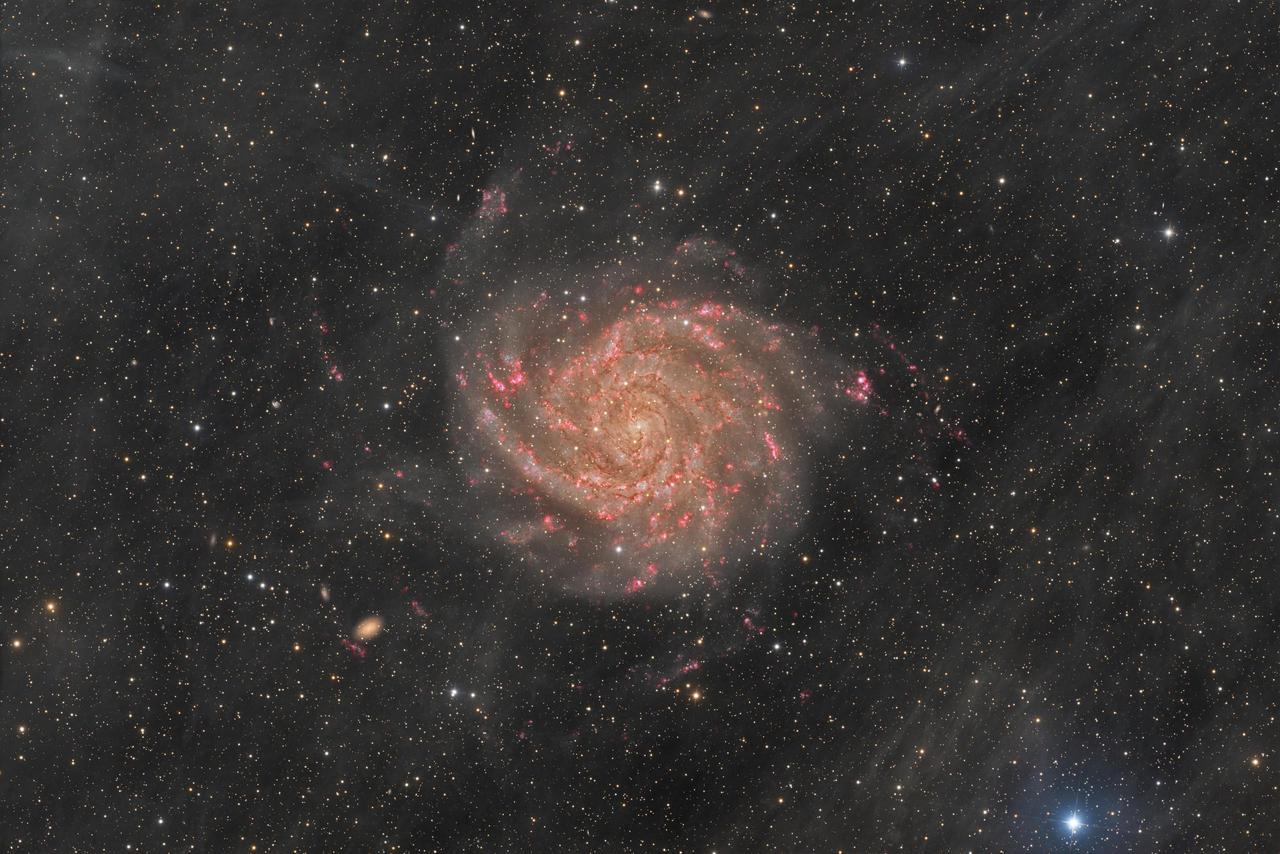

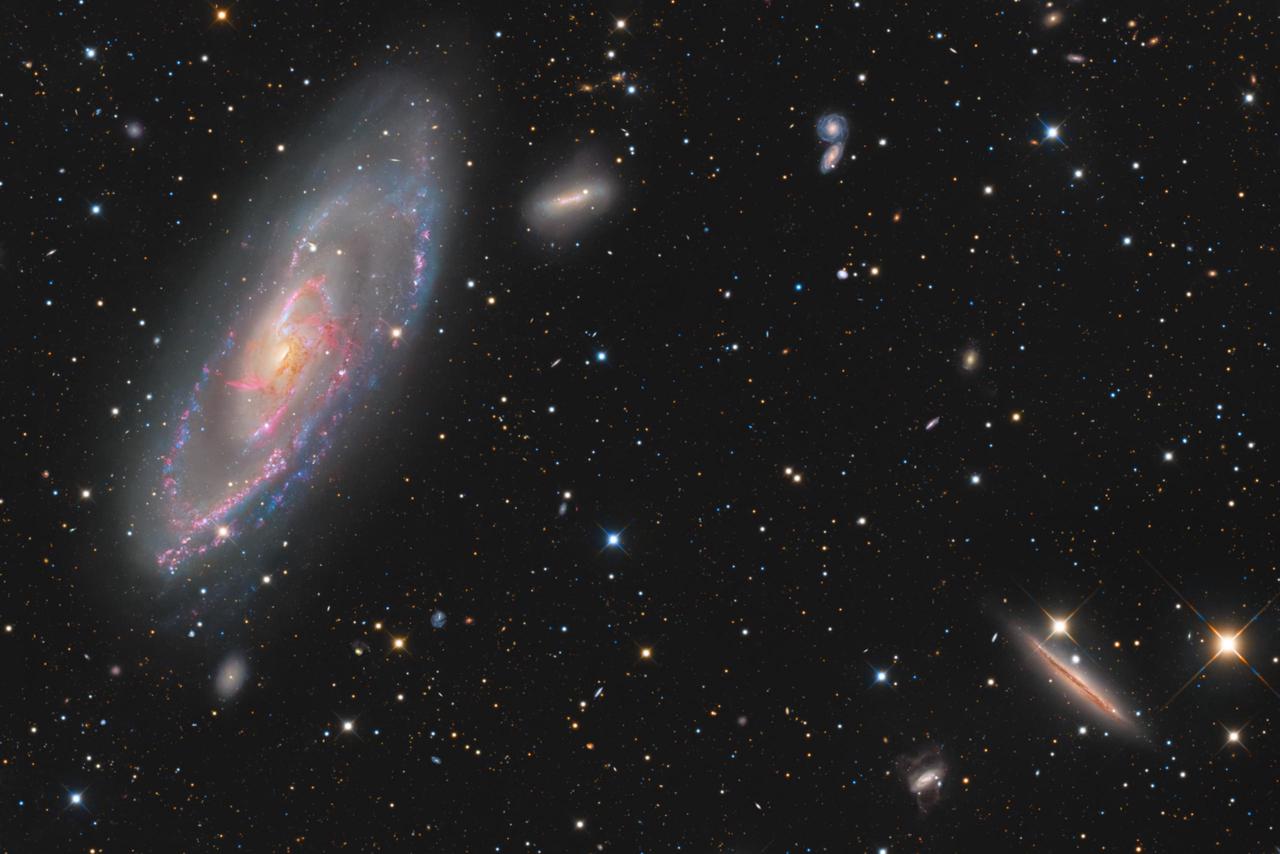
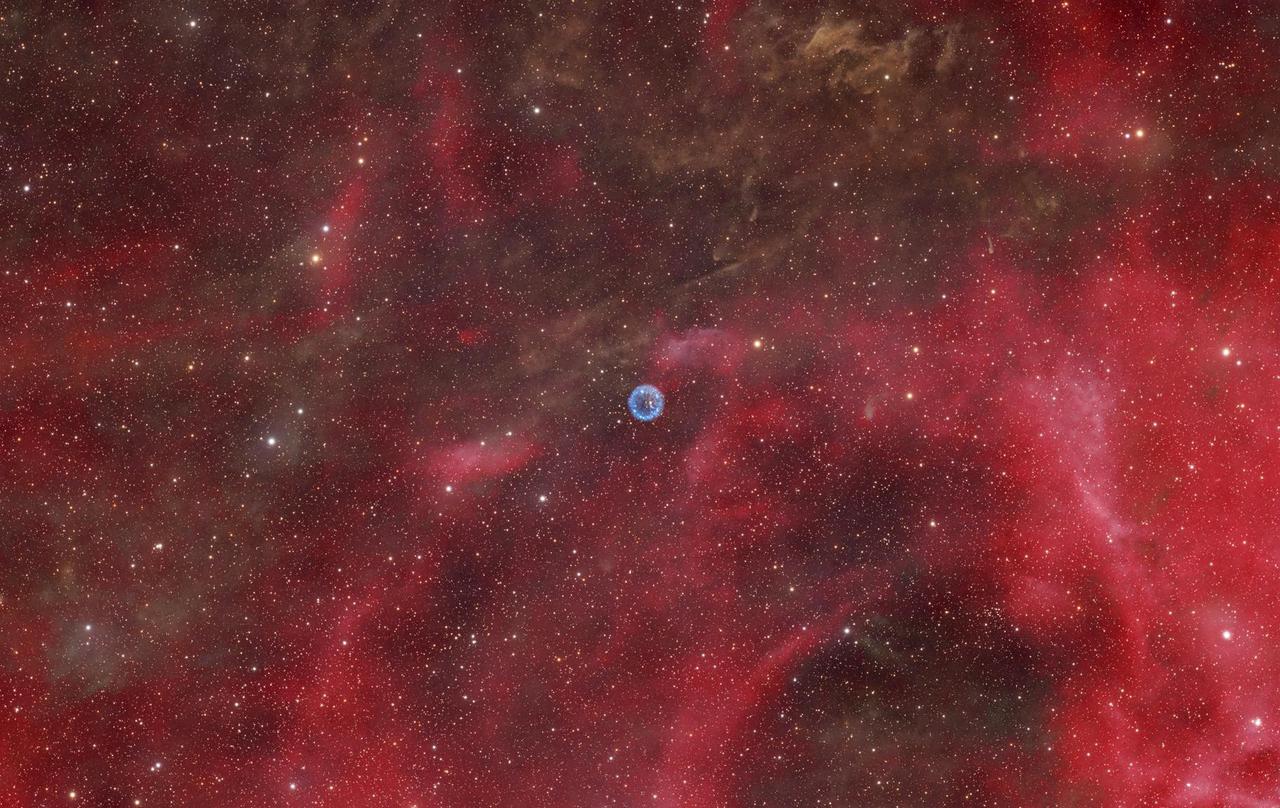
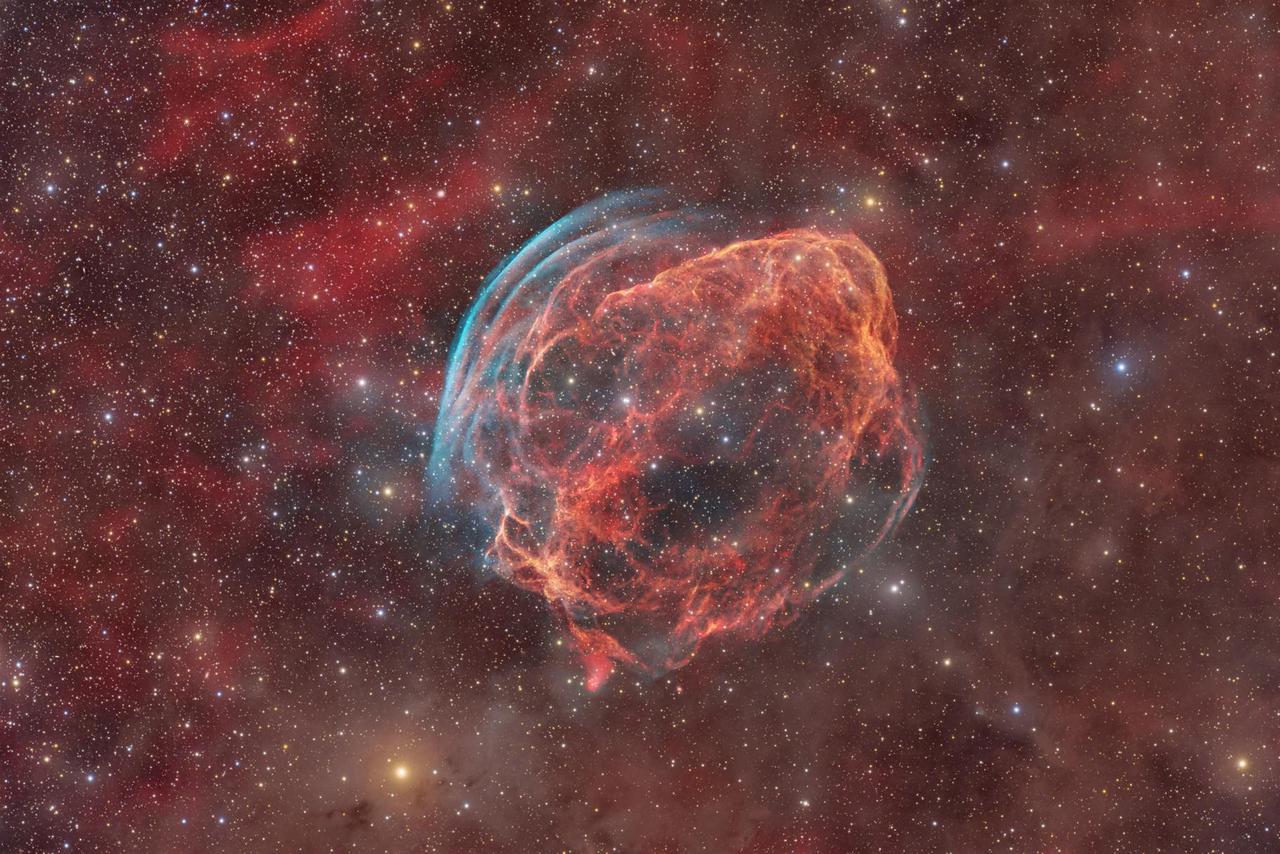
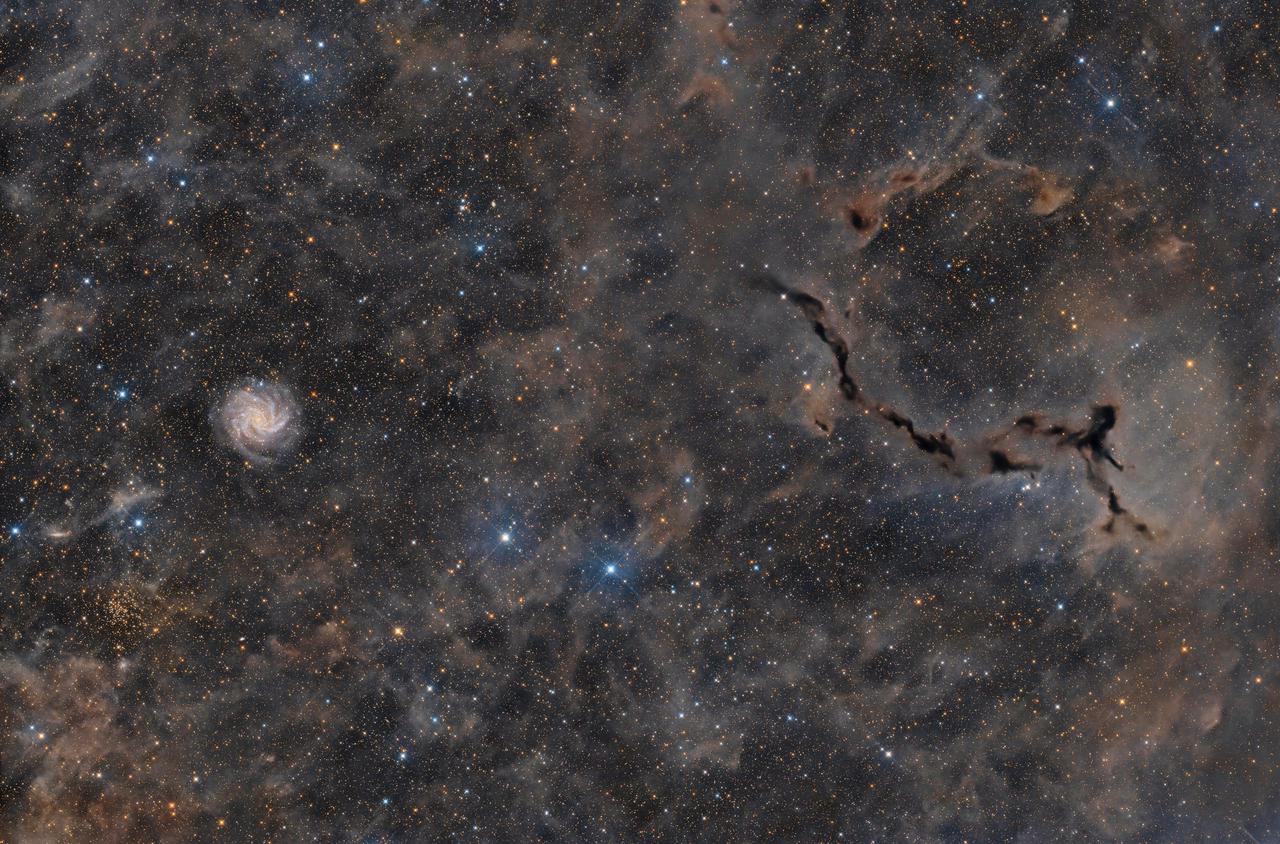

Recently, a major discovery by an international team of amateur astronomers and scientists has become a huge online hit, and this new discovery is just located in one of the

By day, David Cruz works as a digital designer. By night, he designs something far greater — images of the universe itself. “Since I was young, I was always interested
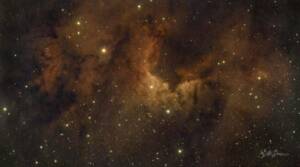
bbrown_admin, October 30, 2025 INITIAL IMPRESSIONS: The ZWO ASI585MC Air came well packaged from the manufacturer. The box is improved and has an impressive feel with a magnetic closure on
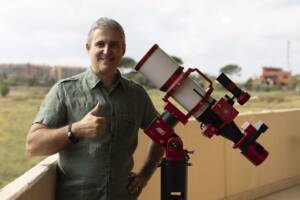
– Q3 ASIWEEK Winner Gianni Lacroce’s Astrophotography Journey Hi, I’m Gianni Lacroce, an Italian astrophotographer. My passion for the night sky began long before I owned a telescope or a
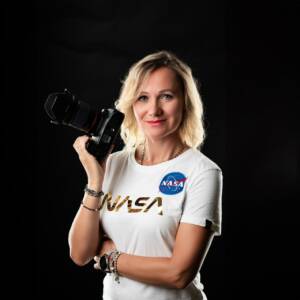
INTRODUCTION My name is Marzena Rogozińska. I live in Bytom (Poland) and work as a psychologist and pedagogue at two schools. I would like to thank you for honoring my
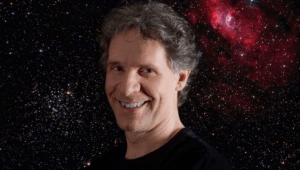
Two years after winning #44/2023, Robert Eder, a sound engineer from Vienna, Austria, has once again claimed victory with #27/2025 ASIWEEK, returning to share his astrophotography journey. Combining technical skill